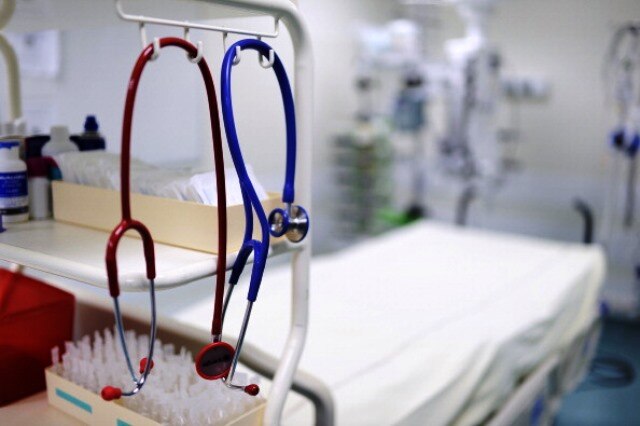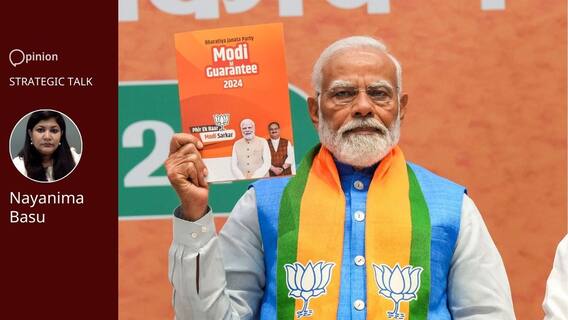Explorer
Advertisement

National Health Policy: New doctor, old prescription

The National Health Policy, released by the NDA Government recently, advocates an incremental, assurance-based a
Follow Blog News on abp LIVE for more latest stories and trending topics. Watch breaking news and top headlines online on abp News LIVE TV
View More
Blog
 “ Reality Check On BJP’s Manifesto Promise Of Permanent UNSC Seat: Elon Musk Won’t Cast Vote, China Will
“ Reality Check On BJP’s Manifesto Promise Of Permanent UNSC Seat: Elon Musk Won’t Cast Vote, China Will

Nayanima Basu
Advertisement
Advertisement
Advertisement
Advertisement
Trending News

for smartphones
and tablets
and tablets

Anand Kochukudy
Opinion
























